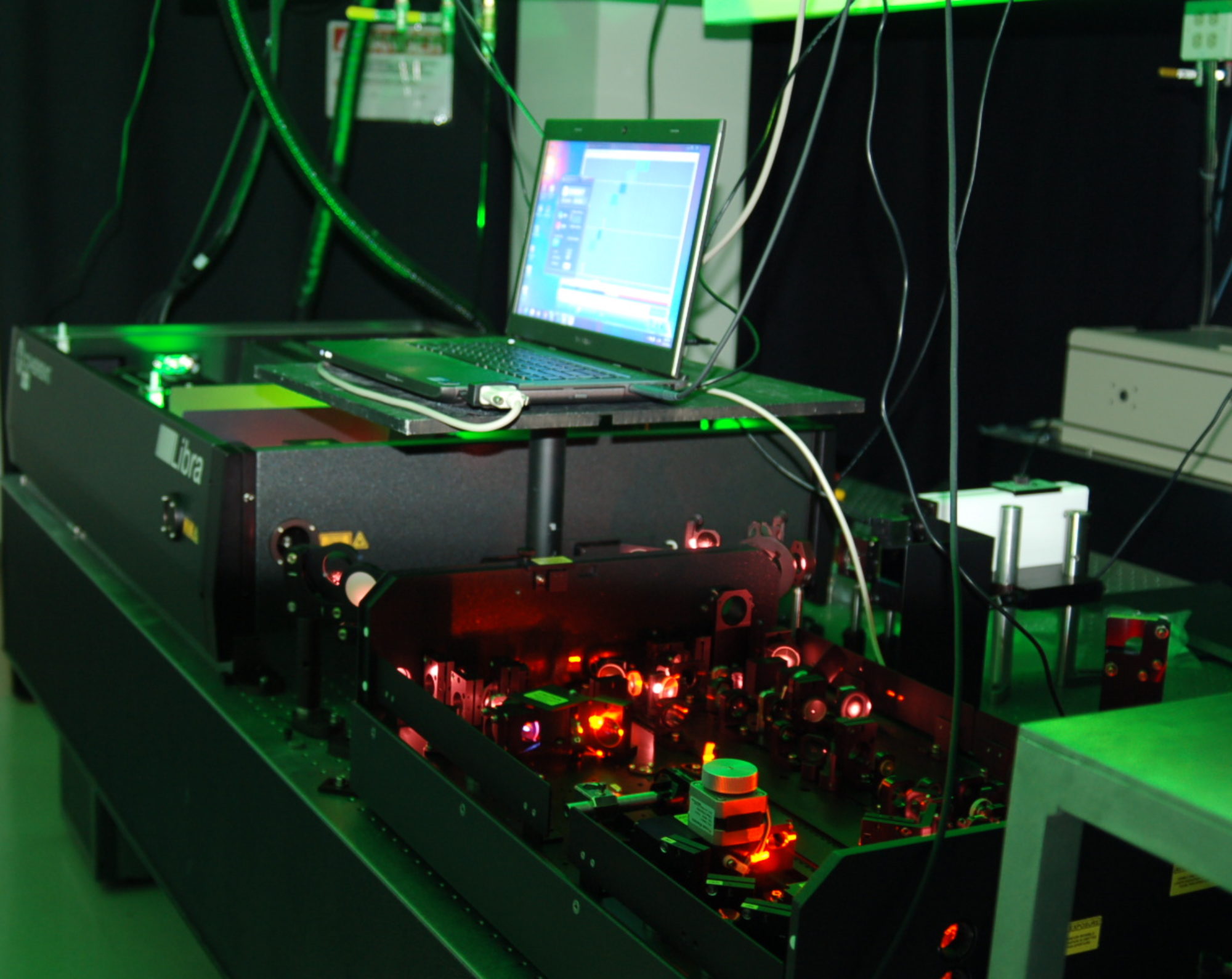- Co-packaged optics (CPO) technology can integrate photonic integrated circuits (PICs) with electronic integrated circuits (EICs) like CPUs and GPUs on a single platform. This advanced technology has immense potential to improve data transmission efficiency within data centers and high-performance computing environments. CPO systems require a laser source for operation, which can be either integrated directly […]
- When placed under a powerful laser field (i.e., under strong-field ionization), electrons can temporarily cross the so-called quantum tunneling barrier, an energy barrier that they would typically be unable to overcome. This quantum mechanics phenomenon, known as quantum tunneling, has been the focus of numerous research studies.

Imaging and Kinetic Spectroscopy Laboratory at North Carolina State University – Home to Time-resolved Spectrometry